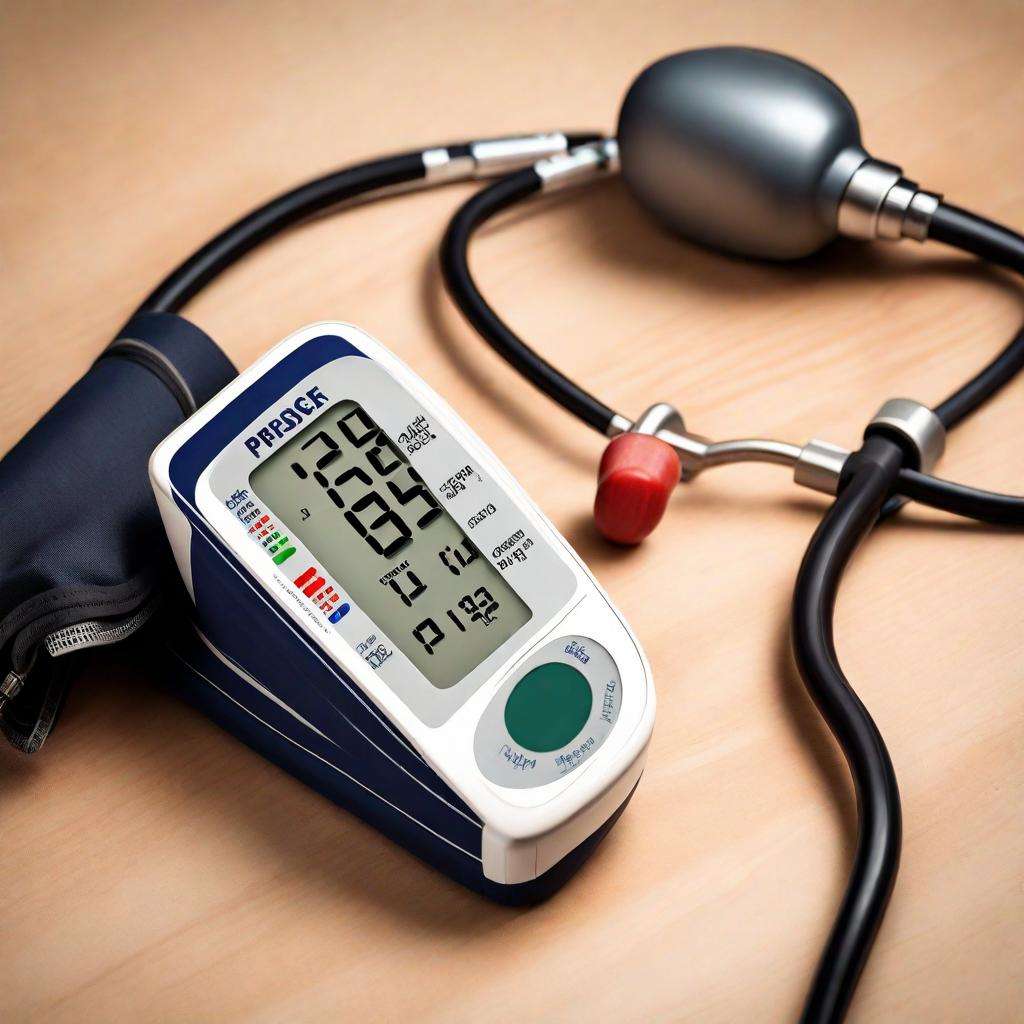Joy, expectation, and a plethora of changes abound during the journey of transformation that is pregnancy. It becomes crucial to maintain a healthy lifestyle during this tornado of emotions and physical changes, which includes continuing to be active.
However, it’s critical to make informed exercise decisions because the health of the mother and child comes first. This thorough guide will cover the crucial list of safe pregnancy exercises, enabling expectant women to enjoy fitness with assurance and security.

Every suggestion, which ranges from aerobic routines to mild stretches and strengthening exercises, has been carefully chosen to put safety first while enhancing the health and vitality of mothers.
Expectant moms can approach this incredible journey with courage, resiliency, and peace of mind if they comprehend and put these safe exercise options into practice.
Benefits of Exercise During Pregnancy:
There are significant physical and emotional changes that occur during pregnancy. Engaging in regular exercise during pregnancy offers a plethora of benefits for both the expectant mother and her developing baby. Here’s a detailed look at how staying active can positively impact the journey of pregnancy:
- Physical Well-being: Regular exercise helps alleviate common discomforts associated with pregnancy, such as back pain, swelling, and fatigue. It also promotes better circulation, which can reduce the risk of developing gestational diabetes and high blood pressure.
- Emotional Health: Exercise releases endorphins, often referred to as “feel-good” hormones, which can help combat stress, anxiety, and depression. This emotional boost is particularly beneficial during pregnancy when hormonal changes may contribute to mood swings and heightened emotions.
- Preparation for Labor and Delivery: Safe exercises during pregnancy can strengthen the muscles needed for labor and delivery, making the process more manageable. Improved endurance and muscle tone may also aid in a quicker recovery postpartum.
- Weight Management: Maintaining a healthy weight during pregnancy is essential for both maternal and fetal health. Exercise helps regulate weight gain by burning calories and increasing metabolism, reducing the risk of complications such as gestational diabetes and excessive weight gain.
- Bonding Experience: For many women, exercising during pregnancy fosters a deeper connection with their bodies and their growing babies. Prenatal yoga, in particular, emphasizes mindfulness and relaxation techniques that encourage mothers to tune into their bodies and connect with their unborn children.
By incorporating a list of safe pregnancy exercises into their routine, expectant mothers can experience these benefits firsthand, promoting a healthier and more enjoyable pregnancy journey for both themselves and their babies.

Safety Precautions:
safety precautions are crucial during pregnancy to ensure the well-being of both you and your baby.
- Diet: Avoid foods that can harbor bacteria or parasites, such as raw fish, undercooked meat, unpasteurized dairy products, and deli meats. Limit caffeine intake and opt for water as your primary beverage. Focus on consuming plenty of fruits, vegetables, and whole grains for essential nutrients.
- Exercise: Regular exercise is generally safe and recommended during pregnancy. However, it’s important to choose low-impact activities that minimize stress on your joints and core. Here’s a list of safe exercises during pregnancy:
- Walking: A simple and effective way to stay active throughout your pregnancy.
- Swimming: Excellent low-impact exercise that’s easy on your joints.
- Stationary cycling: Provides a good cardiovascular workout without the risk of falling.
- Prenatal yoga: Designed specifically for pregnant women, promoting flexibility, strength, and relaxation.
- Low-impact aerobics: Modified aerobics classes that are safe for pregnancy.
- Strength training using light weights: Helps maintain muscle tone and strength without putting undue strain on your body.
- Substances: Avoid smoking, alcohol, and recreational drugs entirely as they can cause serious birth defects and health problems for your baby. Limit caffeine intake as well.
- Medications: Consult your doctor before taking any medications, including over-the-counter drugs and herbal supplements. Some medications are not good during pregnancy.
- Prenatal care: Schedule regular prenatal checkups with your doctor to monitor your health and your baby’s development.
- Environmental hazards: Avoid exposure to toxins and chemicals, such as lead paint, pesticides, and certain household cleaners.
- Activities: Be cautious during activities that carry a risk of falling or injury. Avoid contact sports, horseback riding, and high-impact exercises.
By following these safety precautions, you can create a healthy and supportive environment for your pregnancy. Remember, always consult with your doctor before starting any new exercise program or making significant changes to your diet or lifestyle.
Cardiovascular Exercises:
focusing on cardiovascular exercises during pregnancy, which are great for keeping your heart healthy and improving circulation:

List of Safe Cardiovascular Exercises During Pregnancy
- Walking: This is a simple and accessible option throughout pregnancy. Start with brisk walks and gradually increase the duration and intensity as you feel comfortable.
- Swimming: The water’s buoyancy takes the pressure off your joints, making swimming a perfect low-impact cardio choice. It’s a full-body workout that strengthens muscles and improves cardiovascular health.
- Stationary cycling: This provides a safe and effective cardio workout without the risk of falling like with a regular bike. You can adjust the resistance to control the intensity.
- Prenatal water aerobics: Combining the benefits of water and aerobics, these classes offer a fun and safe way to get your heart rate up while minimizing stress on your joints.
Additional Tips
- Aim for at least 150 minutes of moderate-intensity aerobic activity or 75 minutes of vigorous-intensity aerobic activity each week, as recommended by the American College of Obstetricians and Gynecologists (ACOG).
- Listen to your body. If you experience any pain, dizziness, or shortness of breath, slow down or stop the activity.
- Maintain hydration by drinking water before, during, and after your workout.
- Wear comfortable, supportive shoes.
Consulting with your doctor before starting any new exercise program is crucial, especially during pregnancy. They can help you create a safe and effective cardiovascular routine that fits your fitness level and pregnancy needs.
Strength Training During Pregnancy:
Strength training during pregnancy offers numerous benefits, including improved posture, reduced back pain, and better preparation for childbirth. Here’s a closer look at safe strength training exercises:
List of Safe Strength Training Exercises During Pregnancy
- Bodyweight exercises: These require no equipment and can be easily modified to accommodate your changing body. Examples include squats, lunges, wall pushes, planks (modified on knees if needed), and calf raises.
- Lightweight training: Using light dumbbells or resistance bands allows you to target specific muscle groups without putting excessive strain on your joints. Focus on exercises with proper form and avoid lifting heavy weights.
- Prenatal yoga classes: Many yoga poses promote strength and stability while incorporating flexibility exercises. Choose a prenatal yoga class specifically designed for pregnant women.
Important Considerations
- Focus on proper form: Maintaining good form is crucial to prevent injuries during pregnancy. Don’t hesitate to ask a qualified trainer or physical therapist for guidance.
- Listen to your body: Start with lighter weights and gradually increase resistance as tolerated. Do not do any exercise that causes pain or discomfort.
- Modify exercises as needed: As your pregnancy progresses, you may need to modify certain exercises to accommodate your changing center of gravity and belly size.
Flexibility and stretching Exercise:
Maintaining flexibility and stretching regularly throughout pregnancy is vital for several reasons. It improves your range of motion, eases pregnancy aches and pains, and helps prepare your body for childbirth. Here’s a breakdown of safe flexibility and stretching exercises during pregnancy:
List of Safe Flexibility and Stretching Exercises During Pregnancy
- Prenatal yoga: Often incorporating gentle stretches and poses that target major muscle groups, prenatal yoga is a fantastic option. It promotes flexibility and relaxation while improving overall well-being.
- Static stretches: These involve holding a stretch for a sustained period (usually 15-30 seconds) without bouncing. Focus on major muscle groups like your back, hamstrings, glutes, and calves.
- Light arm circles and leg swings: Gentle arm circles forward and backward, along with small leg swings in both directions, can help improve flexibility in your upper and lower body.
Important Considerations
- Never bounce while stretching. Bouncing can increase your risk of injury. Focus on smooth, controlled movements.
- Listen to your body. If you face any pain during a stretch, stop immediately.
- Avoid stretches that require lying flat on your back, especially in later pregnancy. This can restrict blood flow to your baby.
Conclusion:
In conclusion, embracing a regimen of safe exercises during pregnancy not only enhances physical health but also nurtures emotional well-being and fosters a deeper connection with the growing baby.
By adhering to the recommended list of safe exercises during pregnancy, expectant mothers can navigate this transformative journey with confidence and vitality. Prioritizing self-care through exercise sets the foundation for a healthier pregnancy experience, paving the way for a smoother transition into motherhood. Click to learn more.
FAQs:
Q: Can I start exercising during pregnancy if I wasn’t active before?
A: Yes, but start slowly. Begin with low-impact activities like walking or swimming and gradually increase intensity under the guidance of your healthcare provider.
Q: Are there any exercises I should avoid during pregnancy?
A: Yes, avoid activities with a high risk of falls or abdominal trauma, such as contact sports or heavy weightlifting. Always consult with your doctor before starting any new exercise regimen.
Q: How often should I exercise during pregnancy?
A: Aim for at least 150 minutes of moderate-intensity exercise spread throughout the week. Listen to your body and adjust as needed, but strive for consistency.
Q: Can I do core exercises during pregnancy?
A: Yes, but focus on gentle core exercises that don’t put excess strain on the abdomen, such as pelvic tilts or modified planks. Avoid traditional crunches or exercises lying flat on your back after the first trimester.
Q: Is it safe to continue exercising in the third trimester?
A: Yes, with some modifications. Choose exercises that are comfortable and reduce intensity as needed. Be mindful of balance and avoid lying flat on your back for extended periods.
